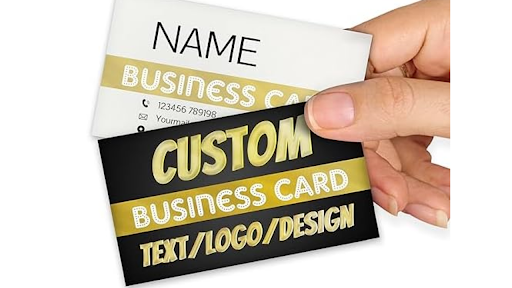Time to Set up a Pro Audio Interface With Your Instruments
The options are endless when recording with some of the best audio interfaces for guitars and vocals. Well, the whole recording process is something that both in-house and professional performing musicians participate in. However, most of us will not deny that starting is much more complicated than we can imagine. With this, many enthusiasts still wonder why they need a professional guitar audio interface.
A very simple answer to this question could be recording audio with anything like their mobile phone, computer, or even a sound card. However, to make it sound more sharp and professional, you need to bring an audio interface into action.
Today, our article will take you through everything you need to know about interfaces and guitar loop pedals as beginners or even professionals. So, let’s get started with all of it.
#1 PLUGIN THAT ADAPTER TO YOUR PC
Just as the title explains easily, plugging in a cable or an adapter with your computer system directly will allow you to direct play from a guitar keyboard or amp. You will be able to record full-fledged digital audio workstations such as Garageband, Ableton Live, Studio One, Cubase, The Contenders, etc.
Now why relying on the sound card has not been that successful? It is because the sound card in-built in your PC or laptop might not be particularly designed for professional audio production. As a result, the quality of the basic audio may get compromised. Eventually, it is a great idea to invest some money into an audio interface and upgrade your recording level.
#2 HAVING A USB MICROPHONE
Generally, we can see that a wide array of USB microphones are available in the marketplace these days. They are easy to plugin, and one can start recording instantly. Most music producers favor them because it allows them to record live with a guitar, violin, or any other instrument.
That being the case, the sound quality of the recording will be good enough, and the acoustics will also turn out to be decent. So, make sure you do not end up with loads of redundant echo on your recordings. For recording a few podcasts or vocals, a USB microphone is perfectly fine. Even so, if you are quite serious about making some ace music, then bring in an XLR microphone and plug it in with a professional audio interface. We bet it will give you more flexibility than you might have expected.
#3 MAKE THE MOST OF VIRTUAL INSTRUMENTS
Typically, when one thinks of recording in a studio, they can simply imagine a whole band with vocalists, guitars, and drums. However, this is not the reality. Modern recording is now done totally with a PC or a laptop. In addition, instrumentals are now available virtually in the form of samples. For example, apps like Garageband have a series of preloaded drums and sound loops. Yes, you understand this right. Now, you can create a whole song of yours on an iPhone!
Hold on; the gimmick does not end here. Even famous music producers who create albums on a computer favor having professional audio graphics. The same applies to people who play instruments like a guitar to have a premium guitar audio interface. So this is how you can record without an amp.
So are you ready to record your next track with an audio interface giving you higher quality audio than those ordinary sound cards? If you are already using an interface, let us know your experience in the comments below.






